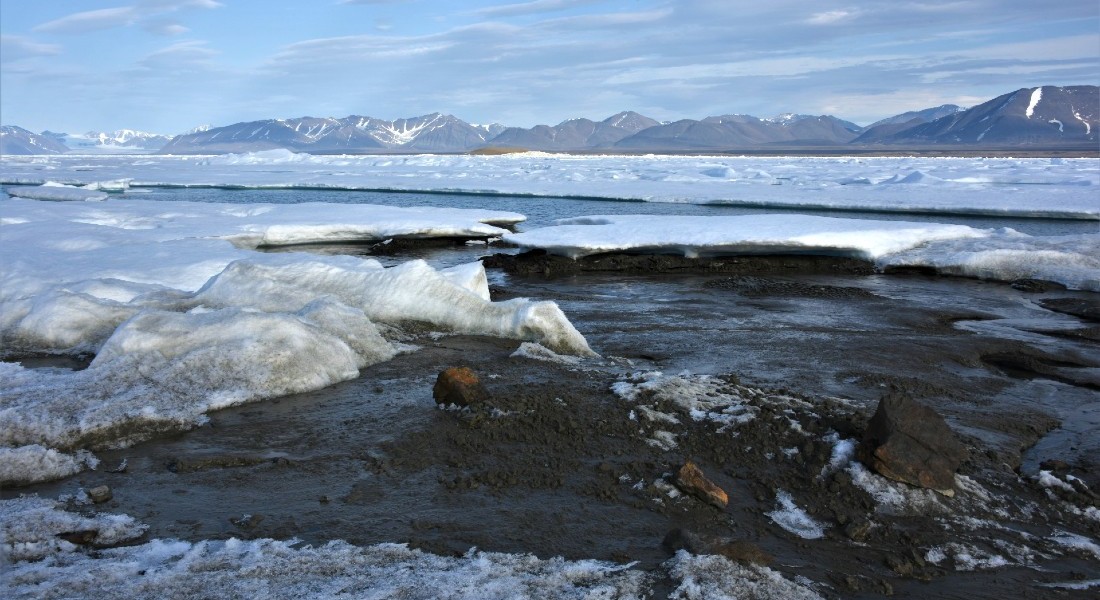Arctic expedition discovers the most northerly island on Earth
On an expedition to northern Greenland that included researchers from the University of Copenhagen, the group unexpectedly discovered an island that turns out to be the most northerly island on Earth. In principle, the discovery extends the territory of Greenland and the Kingdom of Denmark.

University of Copenhagen scientists were slightly shocked when, as part of a major expedition to collect samples from the remote and extreme periphery of northern Greenland this July, they thought themselves to be standing upon the world's northernmost island – Oodaaq. It turned out that they were on a new island even further north.
The yet-to-be-named island is 780 meters north of Oodaaq, an island off Cape Morris Jesup, the northernmost point of Greenland and one of the most northerly points of land on Earth. The newly discovered island is about 30-by-60 meters large and rises 3-4 meters above sea level.
"We were convinced that we were standing on Oodaaq Island, which until then had been registered as the world's northernmost island. But when I posted photos and the island’s coordinates on social media, a number of American island hunters went crazy and said that it couldn’t be true," explains expedition leader Morten Rasch of the University of Copenhagen’s Department of Geosciences and Natural Resource Management.
A fragile expansion of the Danish Commonwealth’s territory
'Island hunters' are hobbyist adventurers who seek out unknown islands. Their social media comments prompted Rasch and the rest of the expedition to contact an expert at the Technical University of Denmark (DTU).
"Together with DTU, we realized that my GPS had erred, leading us to believe that we were on Oodaaq. In fact, we had just discovered a new island further north, a discovery that ever so slightly expands the Kingdom," explains Morten Rasch.
This was confirmed by a GPS on the helicopter being used by the group to reach the island.
According to Rasch, the island mainly consists of small mounds of seabed mud and moraine, the soil and rock left behind by glaciers. It may have surfaced as the result of a major storm that, with the sea’s help, gradually scraped these seabed materials together until an island formed.
The island probably falls under a category known as "short-lived islets”, so there’s no telling how permanent this expansion of Greenland and the Danish Commonwealth will be.
"No one knows how long it will remain. In principle, it could vanish as soon as a powerful new storm hits," he says.
Contact
Morten Rasch (is in Greenland)
PhD, Scientific Director and Station Leader, Arctic Station
Department of Geosciences and Natural Resources Management
Mobile: +299 23 74 31
Email: mras@ign.ku.dk
Michael Skov Jensen
Journalist
The Faculty of Science
University of Copenhagen
Mobile: +45 24 26 82 96
Mail:msj@science.ku.dk
